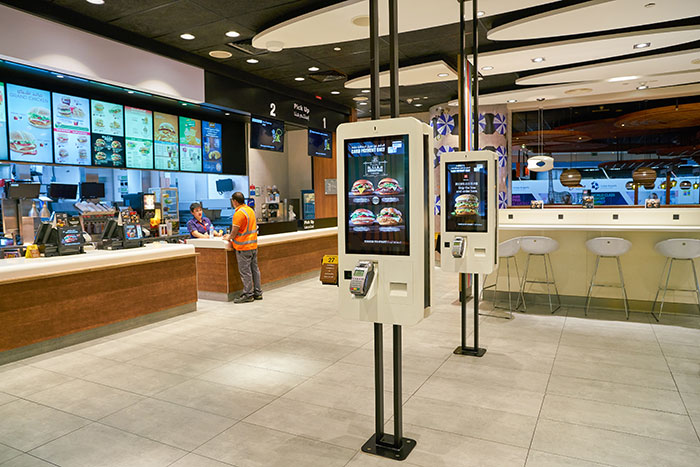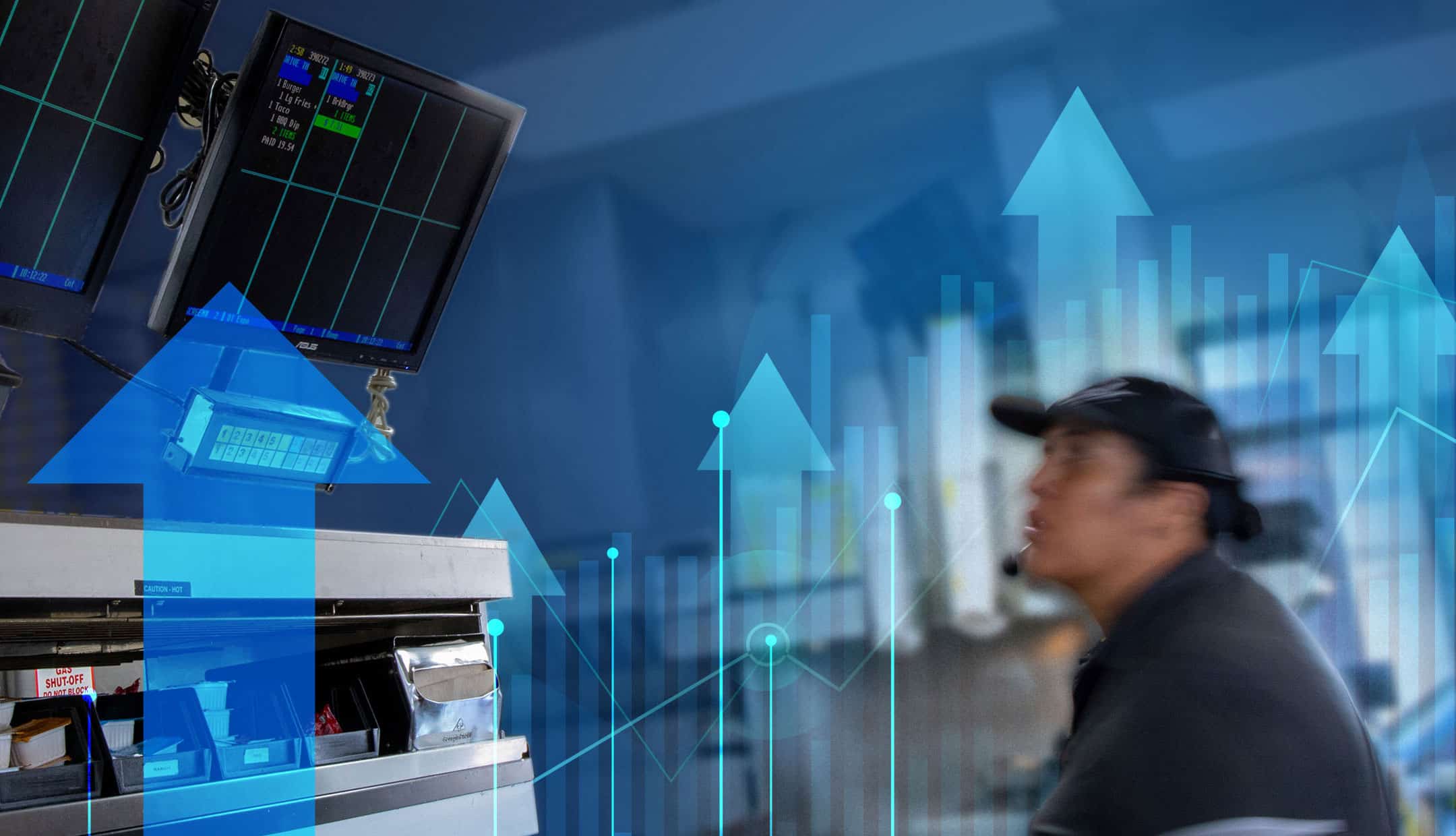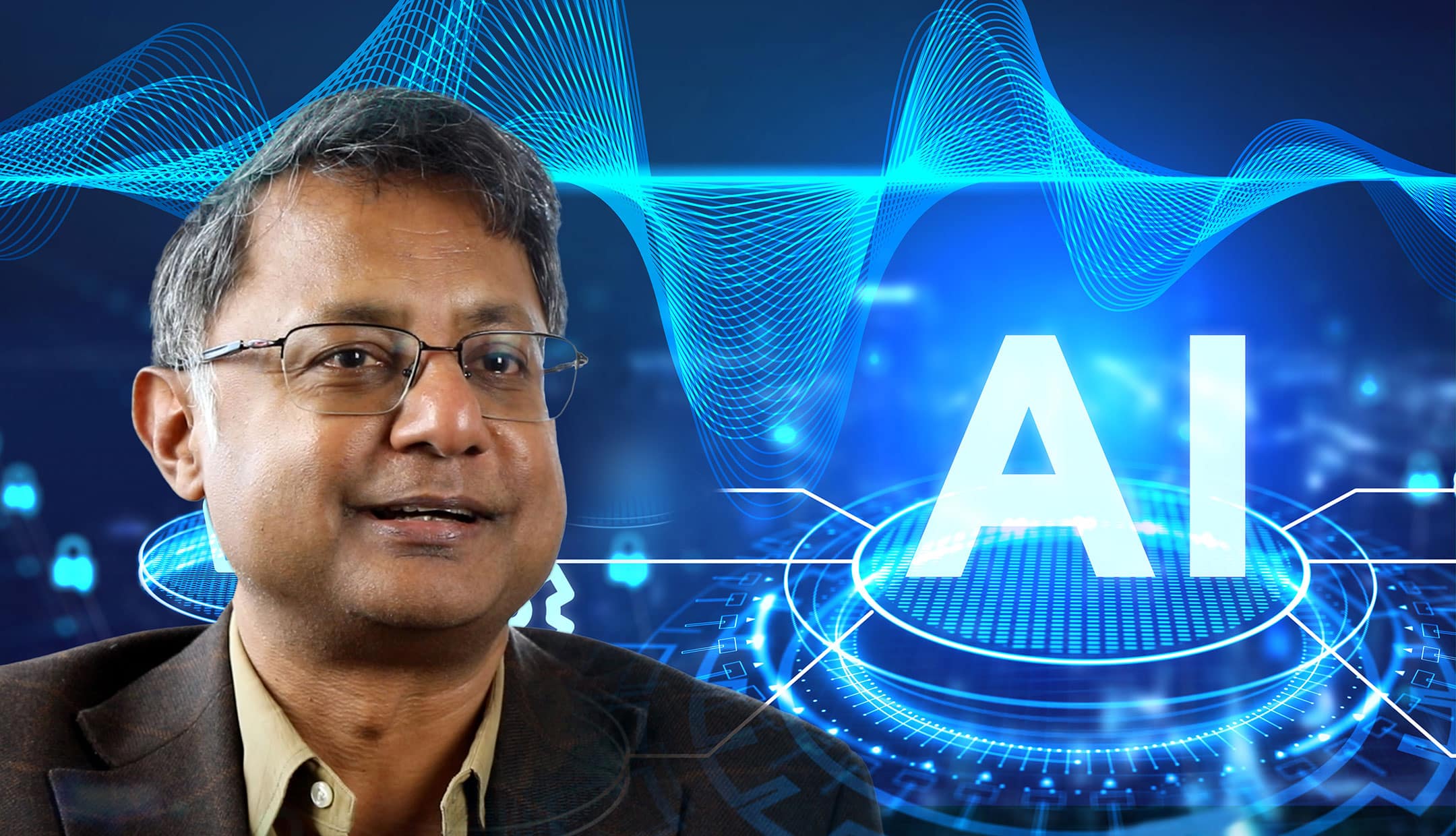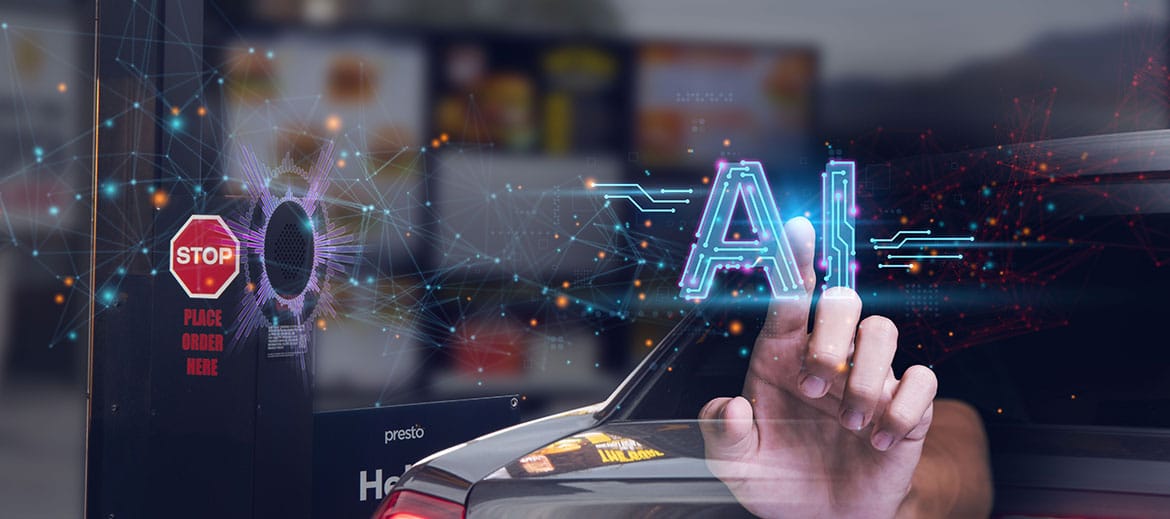Technology is now a familiar face for the fast food industry. 70% of quick service restaurants planned to devote more resources to customer-facing service-based technology in 2019, according to the Nation’s Restaurant News 2019 Foodservice Industry Overview. And the number will be higher in 2020. Big names in fast food are either rapidly acquiring technologies or developing them in house. With high labor turnover and rising labor costs, this investment in technology makes sense. It’s become clear that technology is necessary for not just a fast food brand’s survival, but also for its growth.
But for fast food restaurants looking for immediate impact on growth, which technologies will truly hold out? The answer is to select technologies that meet consumer demand, while also increasing throughput. Today’s fast food consumer expects more than just speed. Customer-facing technology with built-in personalization features are the best pick for growth.
What Consumers Want from Fast Food
Fast food experts have long zeroed in on throughput as an indicator of success, and for good reason. Industry studies have proved that faster service leads to greater market share. What are some other key insights on fast food consumers in 2019 and the years to come?
According to fast food consumers, unique and tailored dining experiences come out on top of their wishlists. Consumers are looking for more control over ordering fast food. In a 2019 survey of US and UK fast food eaters, more than half expressed a desire for the ability to customize menu options. In addition, consumers are already leaning favorably to brands that experiment with personalization. In another 2019 study, 71% of consumers say that receiving an ad that is tailored to them from a QSR brand would cause them to have a more favorable opinion of that brand. Personalization also influences repeat visits. In a 2016 OpenTable study, 95% of diners responded that they’d be more likely to return to a restaurant if the staff catered to their personal preferences.
Are the Numbers There?
Consumers may be demanding more personalization, but is it good for fast food business growth too? We highlight the technologies that enable staff to provide more personalized service while also increasing sales and throughput.
Line Busters
Line busters are staff-held tablet devices optimized for line-busting and increasing throughput during peak hours. They can be deployed either at the drive-thru or inside a fast food restaurant. A staff member walks outside to take orders and payments directly from guests at their car window, or from guests waiting in line.
Line busters can speed up drive-thru lines by 2 times. The intuitive solution automatically provides recommendations based on what the guest orders, and the staff member easily adds it to the order with a single tap. The solution never forgets to remind staff to upsell, resulting in higher spending overall. In addition, the 2019 QSR Drive-Thru Study reported that suggestive sells improved service time by an average of 6 seconds. As a result, the use of line busters promotes quicker ordering, more accurate upsells, and higher spending (both in terms of successful upsells and increased likelihood for repeat visits).
Kiosks
Kiosks are touchscreen stands that allow guests to place and pay for their orders completely on their own. They alleviate burden from counter staff, especially during rush hour. Like line busters, kiosks easily offer recommendations based on what the guest adds to their order. In addition, kiosk menus can dynamically adjust according to availability, traffic, and guest preferences.
Order-and-pay experiences using kiosks give guests more flexibility in terms of how and what they order. For example, kiosk use drives increases in spending. Restaurant analyst Peter Saleh reported, “Customers placing their own orders tend to engage with the menu longer and spend 15% to 25% more than orders placed at the counter.” The presence of multiple kiosks can also cut down on wait times, leading to less guests who defect from the line. The convenience of self-service kiosks draws repeat visits. A 2018 report found a 30% increase in orders when guests used self-service kiosks.
Computer Vision
Computer vision is an artificial intelligence (A.I.) technology that enables restaurants to track staff performance, quickly identify issues, and develop planning strategies. For example, it gives managers real-time visibility of drive-thru traffic and alerts staff when the use of a line buster is needed. The technology monitors traffic to dynamically update kiosk menus and hide items that clog up wait times further. In short, computer vision is what enables line busters and kiosks to optimize personalized experiences for restaurant guests.
A.I.-powered platforms are what enable restaurants to create customized menus and upsells for guests, and are already enjoying consumer popularity. 71% of consumers from a 2019 survey would be open to restaurants incorporating A.I. into their businesses. In addition, a solution such as Presto Vision provides valuable operational insights by capturing the speed, length, and number of opt-outs from lines by time and day, enabling fast food businesses to optimize staffing.
Conclusion
Fast food businesses that seek wide-scale growth in 2020 and beyond must select the technology solutions that will carry them far into the new decade. The consumer demand for personalized fast food experiences and the technologies that enable them is already here, and still growing. Companies that use technologies that meet this demand, while increasing sales and throughput, will make the best use of their resources and delight their guests.
Presto’s platform offers a comprehensive set of solutions to increase staff productivity, improve guest experience, and deliver actionable insights to managers. Please contact us to get detailed product information or to schedule a demo.





